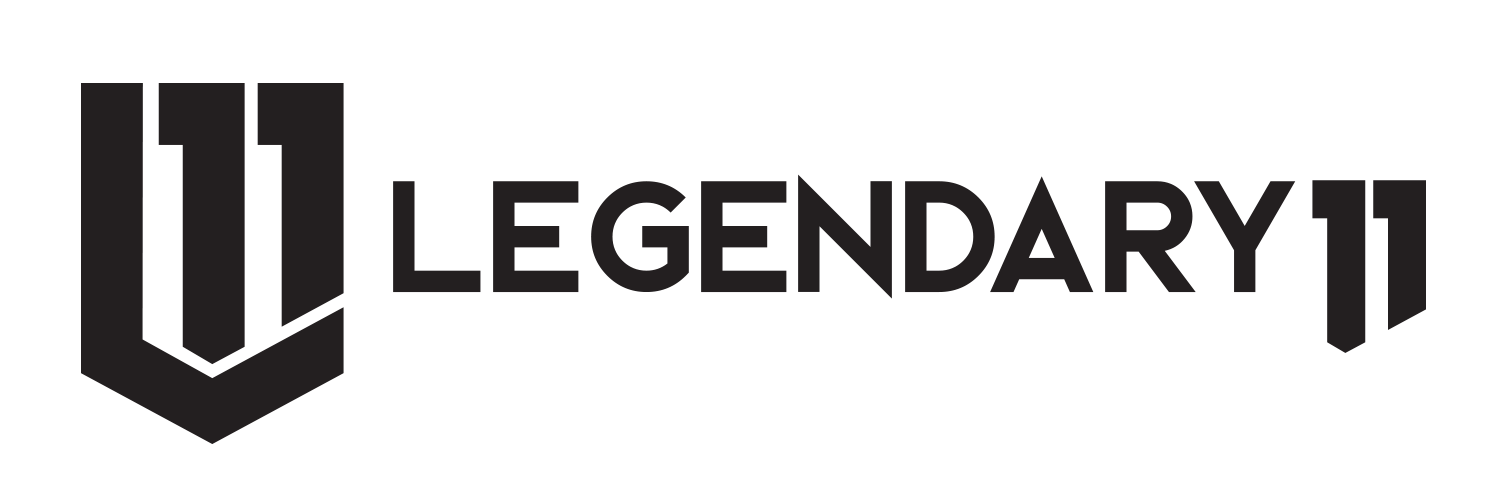Electronic Control Module Programming: A Guide for Vehicle Owners
The Electronic Control Module (ECM) is more than just a piece of hardware—it’s a programmable computer that determines how your engine operates. When you replace an ECM or modify your vehicle’s performance, ECM programming becomes essential.
Incorrect programming can lead to poor fuel efficiency, engine damage, or even total vehicle failure. On the other hand, proper programming ensures your engine runs at peak efficiency and complies with emission standards.
This article will explain what ECM programming is, when it’s needed, and what vehicle owners should know before attempting it.
What Is ECM Programming?
ECM programming is the process of installing or updating the software that controls your vehicle’s engine functions. This includes:
Fuel injection timing
Turbo boost management (for diesel engines)
Idle speed control
Transmission communication
Emission compliance
Programming differs from resetting the ECM. A reset clears stored codes, while programming writes new data and calibrations into the ECM.
When Do You Need ECM Programming?
After Replacing an ECM – A new or remanufactured ECM must be programmed to match your specific vehicle’s VIN and configuration.
Performance Upgrades – Tuning for more horsepower or torque requires ECM reprogramming.
Emission Standards Compliance – Updated software ensures compliance with state or federal regulations.
Transmission or Engine Swaps – New components often require new calibration.
The ECM Programming Process
Diagnostic Connection – A laptop or scanner is connected to the vehicle’s OBD-II port.
Software Installation – The correct calibration file is downloaded from the manufacturer or a tuning provider.
Flashing the ECM – The new software is uploaded into the ECM, overwriting outdated or incorrect data.
Testing and Verification – The vehicle is started, and performance is checked to ensure everything works correctly.
DIY vs. Professional ECM Programming
DIY Programming
Pros: Lower cost, flexibility for tuners and enthusiasts.
Cons: Risk of damaging the ECM, voiding warranties, or failing emission inspections.
Professional Programming
Pros: Access to OEM software, guaranteed accuracy, reduced risk.
Cons: Higher upfront cost.
For most vehicle owners, professional ECM programming is the smarter and safer choice.
Risks of Incorrect Programming
Reduced fuel economy
Engine knocking or overheating
Transmission problems
Legal issues due to failed emissions tests
Potential engine damage requiring costly repairs
Conclusion
The electronic control module programming process is critical to ensuring your engine runs efficiently and reliably. Whether you’re replacing a faulty ECM, upgrading performance, or meeting emissions standards, programming must be done correctly.
For the best results, rely on OEM-approved programming services or qualified professionals. The right ECM programming not only protects your vehicle but also maximizes performance, fuel efficiency, and compliance.











Comments (0)